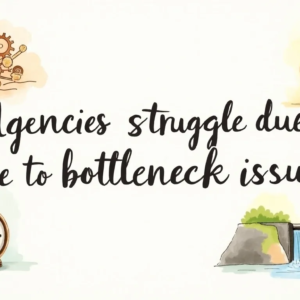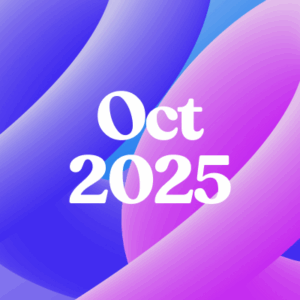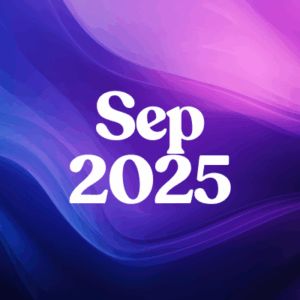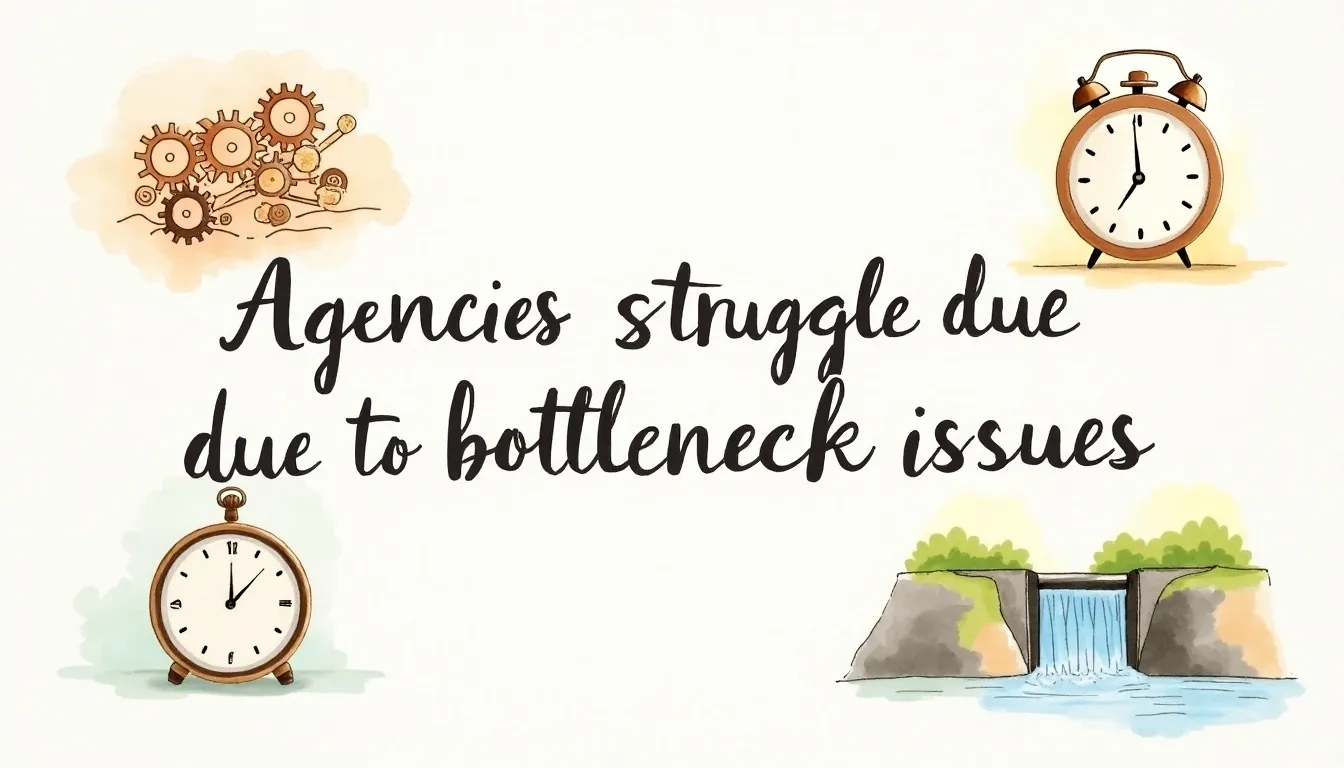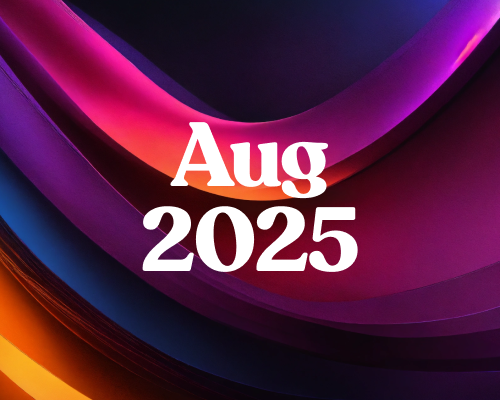Photography & Graphic Designing
Photography & Graphic Designing plays a notable part in branding. Using a camera is a creative outlet that can strengthen your abilities. These ways applicable to a design process, and help you sell your work in a crowded marketplace.
However, we at Draftss also provide some unique designing features for your website, logos, banners, etc. You can try out our free services for 7 days on monthly and quarterly plans.
Graphic designers and photographers in the world of Photography & Graphic Designing do dramatically different work. Their visual artistry has more than a few similarities. Graphic designers often heavily rely on photography to inject their digital work with a compelling and realistic three-dimensionality. But it really isn’t a one-way relationship. On the flip side, photographers often turn to graphic designers to help them develop their branding and brand identity. In a world of saturated creative fields, artists are often forced to wear more than one hat or rely on experts from other disciplines.
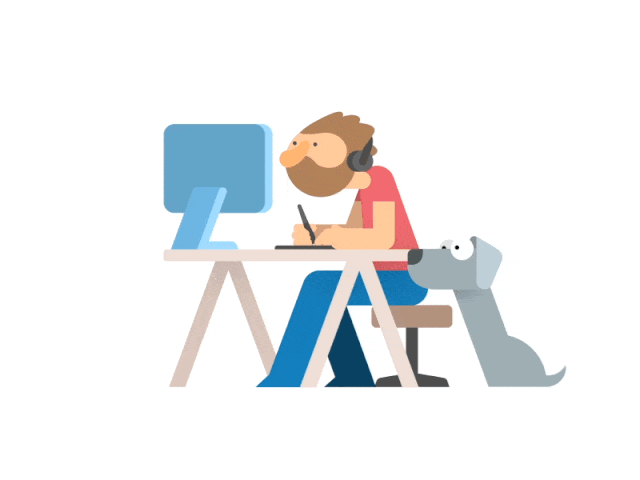
As a photographer, knowing how graphic designers look for and think about photography can help you sell your work in a crowded marketplace. While certain visual concepts are shared between graphic design and photography. Sometimes it’s necessary to build a relationship with a designer to brand yourself as well as you possibly can. Your branding should match your artistry, personality, and specialties. So that you’re putting your best foot forward when approaching or working with your clientèle.
First Impressions Matter
No matter how long you’ve worked as a photographer, it’s important to frequently revisit how you’re presenting yourself. First impressions are everything, and bad branding can very quickly turn customers away. Make sure your logo represents you well, your social media is consistent, your business card sends the right message, and your website is clean, clear, and contemporary. Understanding design, or building a relationship with a good graphic designer can have a big impact on your success.
If you’re not a designer yourself, this is where a professional comes in. A good graphic designer can review your collateral and make suggestions that will put you exactly where you want to be. If you have a contact within your creative network, great. But if you’re on the market for fresh-eyed objectivity, there are ways to build a relationship with a designer.
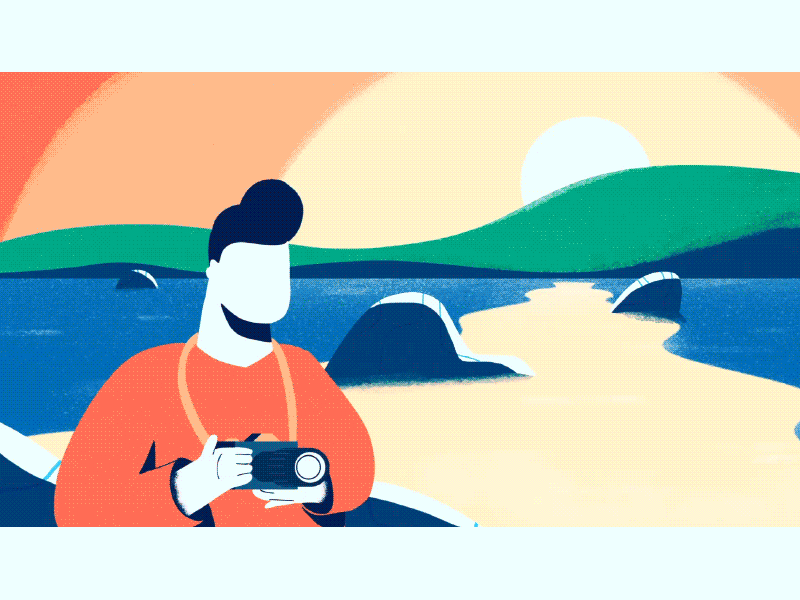
Making the Connection
Photography & Graphic Designing creates a visual connection with the users directly. Finding a designer can sound much more daunting than it actually is. You’ll just need to put a little time into browsing portfolios, reading some bios, and identifying someone who fits your needs. Don’t simply look for flashy design, make sure the person’s style fits with the type of work you do. Be specific: which color palettes are you drawn to in your own work, what are a few of your preferred font styles, which industry do you work in primarily? When looking through portfolios, you’ll be naturally drawn to work that fits your own personal tastes. From there, it’s just a matter of narrowing it down to the artist who can best “get” your own vision for your business.
Maintain Consistency
As you begin to either think like a graphic designer or start working with a graphic designer to develop your branding, it’s important to keep a heavy focus on consistency in communicating who you are. Don’t try to wear all the hats. Use your strengths and interests to your advantage (as do graphic designers) to communicate your specialty as a photographer. Think about your target customer base. Just as many web designers aren’t fabulous logo designers, many wedding photographers aren’t specialist fashion photographers. It’s not that it’s impossible, but it’s not the rule of thumb. As you build out your portfolio and sell images online, nurture professional relationships, and widen your creative network. How can you reflect this in the way you brand yourself? How are others doing this in their logo designs and across social media channels?
Pay close attention to a few logos you admire and start thinking about why you like them. It could be something as simple as the spacing of the letters (kerning), the style of font, or any textural treatments added to give the mark depth and complexity. Briefing a designer is one of the most important parts of the process of developing your branding, along with feedback. So make sure you’re clear about what you’re after, even if you’re working with a friend or doing the design yourself. Just as EyeEm helps clients hone the perfect brief so that you can do your job and sell your work. It’s important to be able to develop clarity whenever you may find yourself working with a designer.
Photography and Design
Designers need photographers just as much as photographers need design. Professional photo retouching is an art that requires a collaborative effort from the photographers as well as designers. Photography brings elements of humanity, depth, complexity, and emotion in a way that is hard to capture without a lens. design thinking, design process, expertise, expert, novice, human interaction, creative and logic, problem-solving process, business tools, unlimited graphic design, universal design, graphic design, custom graphic design
One important factor in marketing your work to designers is to remain fully aware of the current photography trends in graphic design. Simple, bold photography with high color contrast is in vogue, with designers looking for ways to say more with less. People-centric photography always does better, marketing-wise, and diversity is absolutely crucial.
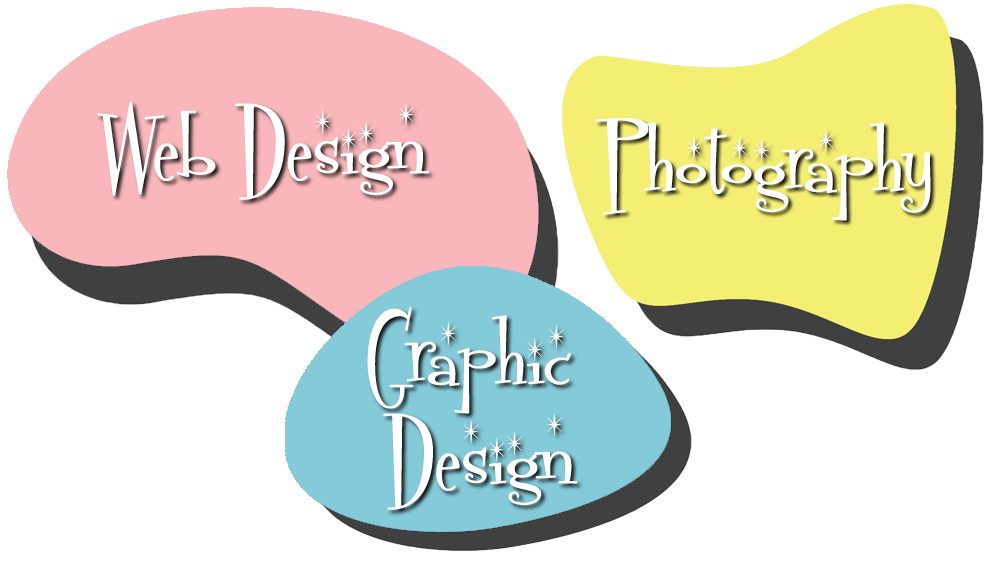
Beyond awareness of current trends, you should also put time into understanding what designers look for in the photos they use. When working with a designer, go through their portfolio, paying particular attention to the photos they use in anything from web design to brochures to miscellaneous marketing material. What clients do they generally represent? Beyond that, think generally. With a bit of research into the context of how designers work, you’ll be able to better sell your work.
Think about industries. Many designers have a niche in the same way that photographers do. Some may specialize in product packaging while others work mostly on event posters or book covers. Book cover design is a great example, as it has many niches within it. If you mostly photograph people, think about the backgrounds of your photos—if the background is clean and easily edited into a cover design, it’s much more likely to be purchased in the end.
In a nutshell
Designers and photographers need each other. Building your brand as an artist is critical, and sometimes working with a designer makes it much easier. Working together benefits both parties. From establishing a compelling online presence to opening doors to professional relationships that might not have been possible otherwise. Familiarity with basic concepts of graphic design and knowledge of how designers think about and use photography will only strengthen your success. So arm yourself with that knowledge and express your creativity and make sure that your branding reflects the personality and breadth of your work.
You can try out draftss for an excellent experience and increase your product marketing. We provide premium quality services on unlimited graphic designs, WordPress, Webflow, HTML, Illustrations, Websites, Landing pages, Dashboards, App UI/UX, and many more. Here we provide our clients with 73+ types of design and code services.


